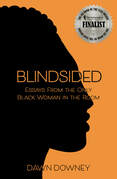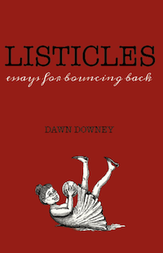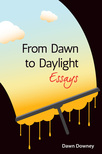I collect sentences and pay tribute to other authors by sharing their Damn Fine Sentences with you. Then I recount a memory the words bring up. It’s about how books connect with your life.
***
“Perhaps I ought to howl more often.”
———Alix E. Harrow
——--The Ten Thousand Doors of January
I shared a stage with an author whose books made me cringe.
Before our shared stage, I read the author’s work. They had dropped the N word into one of their stories, where it was as relevant to the action as the color of the rope at a lynching. I slammed their book shut. This would not pass. This time I would speak out against modern literature’s gratuitous comfort with slurs.
During our shared stage, I was chatty and collegial, mesmerized by my own charm.
After our shared stage, the author bought my book, and I signed it with accolades about our time together. Next time, maybe next time, I’ll howl.
***
“Perhaps I ought to howl more often.”
———Alix E. Harrow
——--The Ten Thousand Doors of January
I shared a stage with an author whose books made me cringe.
Before our shared stage, I read the author’s work. They had dropped the N word into one of their stories, where it was as relevant to the action as the color of the rope at a lynching. I slammed their book shut. This would not pass. This time I would speak out against modern literature’s gratuitous comfort with slurs.
During our shared stage, I was chatty and collegial, mesmerized by my own charm.
After our shared stage, the author bought my book, and I signed it with accolades about our time together. Next time, maybe next time, I’ll howl.







 RSS Feed
RSS Feed